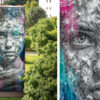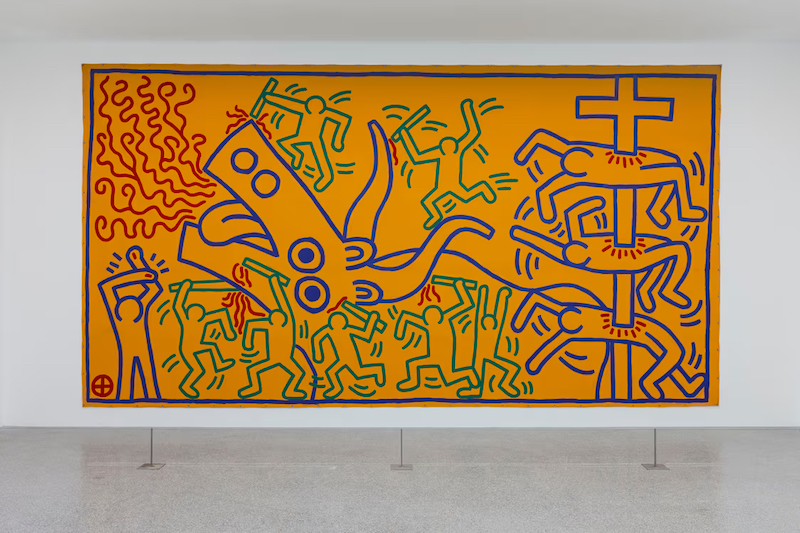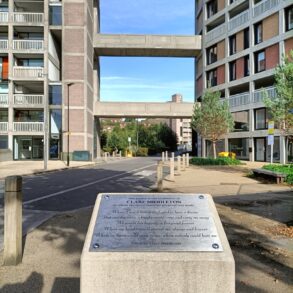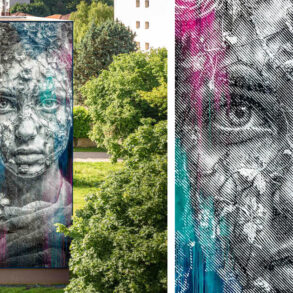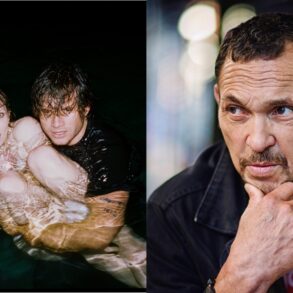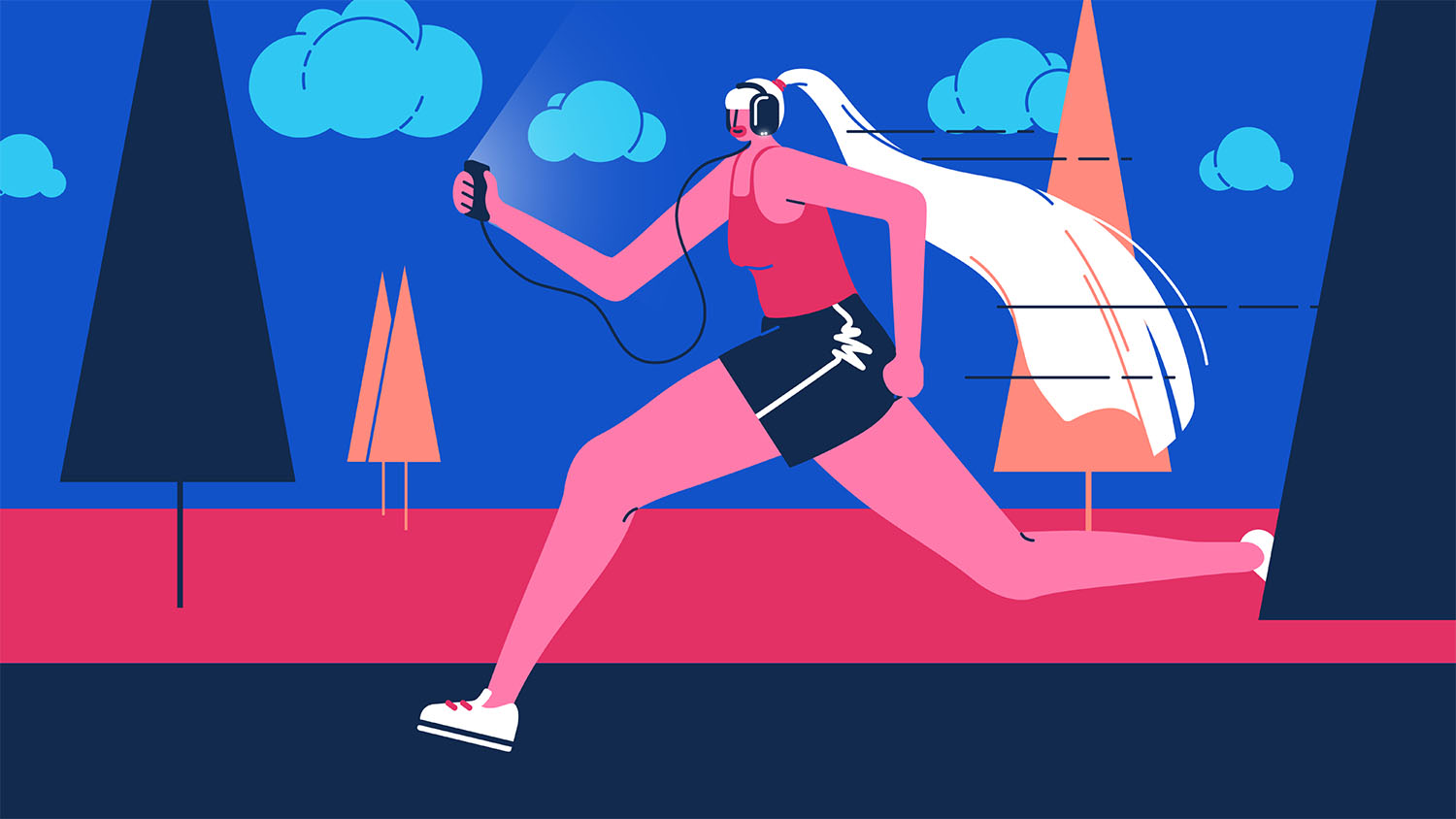Italy has made a bold statement in the art world by launching its first major exhibition dedicated entirely to graffiti. Hosted at the Museion Museum of Modern and Contemporary Art in Bolzano, Graffiti is an expansive, layered presentation of the genre’s history, evolution, and undeniable cultural weight. Curated by Leonie Radine and Ned Vena, the show brings together over 60 influential artists whose work has shaped and stretched the boundaries of graffiti—from early pioneers to contemporary creatives transforming the language of the medium.
Bridging the Street and the Studio
Spanning more than 1,500 square meters across two floors, the exhibition isn’t confined to a single definition of graffiti. Instead, it examines how a once-outlawed form of expression moved from alleyways and train cars into galleries and museums, while still holding tight to its rebellious, raw edge. Beginning with pre-graffiti spray techniques from the 1950s, the show unfolds chronologically, spotlighting the intensity of the 1980s scene and continuing through to present-day interpretations.
What’s especially powerful is how Graffiti avoids turning the art form into a sanitized version of its origins. The curatorial approach honors the grit, urgency, and visual chaos that define the genre while allowing space for nuanced, abstract interpretations. For many of the featured artists, graffiti wasn’t just a starting point—it remains a philosophy, a visual pulse that continues to inform their work in and beyond traditional urban environments.
A Deep Roster of Icons and Innovators
The lineup of artists featured in Graffiti reads like a global roll call of street art heavyweights. Futura 2000, Keith Haring, Jenny Holzer, Rammellzee, Lee Quiñones, and Shaun Crawford are just a few names among the powerhouse roster. Each artist brings their own lexicon of symbols, gestures, and street-honed aesthetics, collectively reflecting the diverse identities and intentions that make graffiti a worldwide language.
Highlights from the show include one of Keith Haring’s unmistakable large-scale Untitled works that bursts with movement and energy. Shaun Crawford’s NYPD SMD delivers a layered critique wrapped in distorted form and visual aggression. Viewers will also find pieces by KAYA (the duo of Kerstin Brätsch and Debo Eliers), including a haunting skull-like panel that adds texture to the exhibition’s dynamic mood.
By showcasing works that embrace traditional graffiti techniques alongside pieces that reinterpret or abstract its codes, the exhibition challenges any fixed notion of what graffiti is or where it belongs. This isn’t just a survey—it’s a complex, multi-generational conversation between artists, environments, and time.
Ned Vena’s Vision and the Soul of the Medium
Curator and artist Ned Vena brings both scholarly insight and personal experience to the project. For him, graffiti isn’t merely a historical moment or aesthetic—it’s a perspective. “Graffiti was how I found my way into being an artist, but it is also how I see things; things like art, for example,” Vena notes. That sensibility shapes the entire exhibition, encouraging viewers to not just look at the pieces but to engage with them as ongoing acts of expression.
By centering this outlook, Graffiti pushes the audience to consider how the medium reflects and refracts everyday life, politics, and public space. It’s not just about tagging walls—it’s about how artists reinterpret the world through motion, repetition, resistance, and improvisation.
A Cultural Pulse That Keeps Moving
What makes this exhibition particularly resonant is its refusal to freeze graffiti in time. Instead, it treats the form as something alive—responsive to current conditions and continuously evolving. From spray-painted protest slogans to digital mashups and conceptual installations, the works on view present graffiti as a hybrid, shape-shifting genre that continues to disrupt art norms.
Italy’s decision to host such a comprehensive show highlights a growing recognition of street art’s global significance. With cities around the world embracing murals, tagging, and aerosol-driven visual culture, Graffiti taps into an international narrative—one that values artistic disruption and public dialogue just as much as technical skill.
More Than a Gallery Show—A Movement Documented
Beyond its walls, Graffiti makes an important cultural statement. In putting these works under one roof, the exhibition legitimizes voices that have long existed outside institutional recognition. It provides context for how graffiti intersects with design, music, activism, and architecture. And by tracing the medium’s roots and branches, it offers a rare opportunity to understand how deeply it has influenced visual culture.
The Museion Museum’s decision to spotlight this history signals a shift in how institutions approach graffiti—not as a side note or fringe interest, but as a force that continues to inform everything from fashion to fine art. For art lovers, urban explorers, and cultural critics alike, this exhibition is both a retrospective and a provocation.
Graffiti is currently on view at the Museion in Bolzano through September 14, 2025. For the full list of featured artists and visitor information, check out the official site at www.museion.it.
This post was originally published on this site be sure to check out more of their content.


